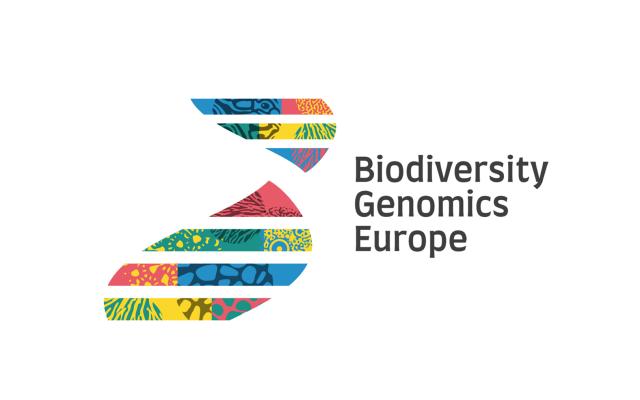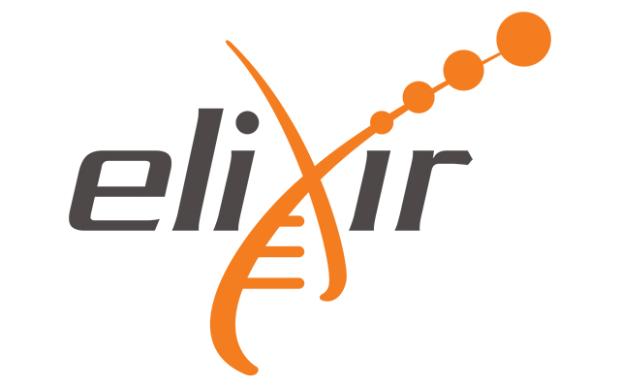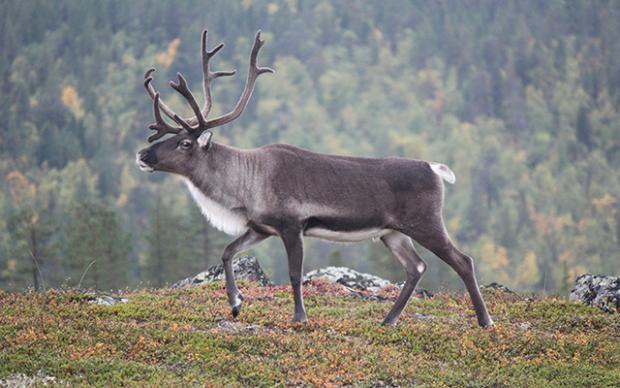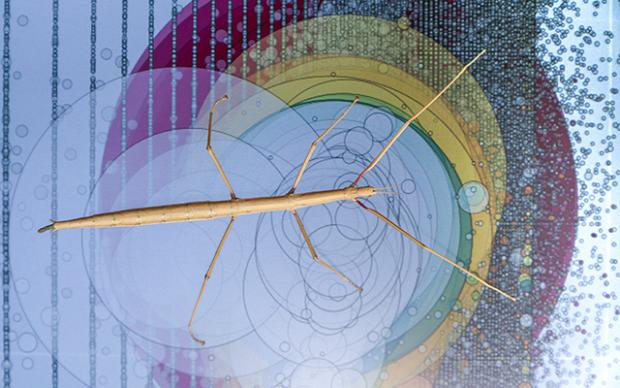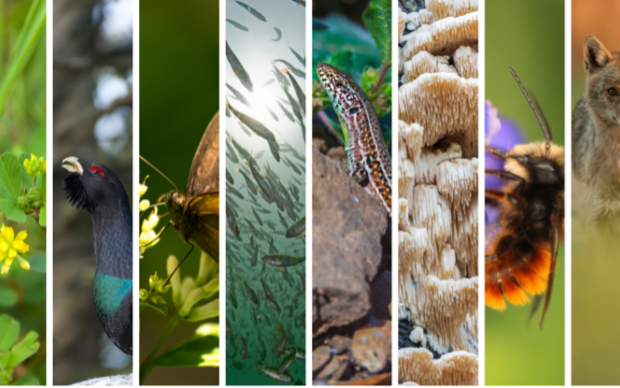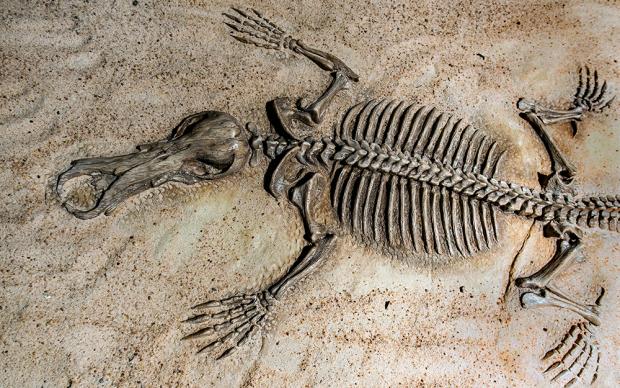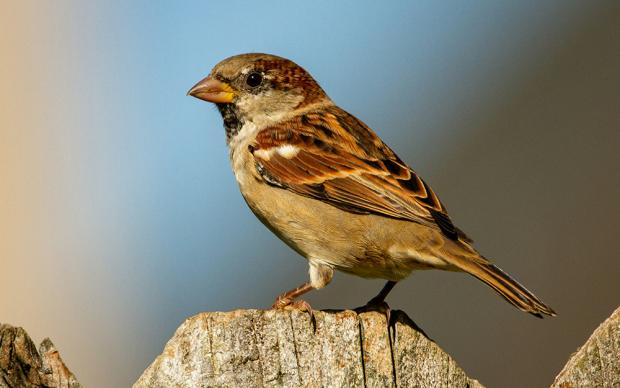The Human Genome Project, completed over 20 years ago, has had a massive impact on medicine. Biodiversity Genomics Europe (BGE), a new pan-European consortium launched today aims to have a similar impact for better understanding and protection of biodiversity. BGE brings together two key initiatives using DNA sequencing data for biodiversity research at the European level. As one of the BGE consortium coordinators, SIB Group Leader Robert Waterhouse directed the project design and will now oversee the implementation of this Horizon Europe funded programme.
BGE: two leading biodiversity genomics initiatives joining forces
To date, two key European biodiversity initiatives represent the efforts, run in parallel, of research communities using whole-genome sequencing or DNA barcoding (see box): the European Reference Genome Atlas (ERGA), which involved several SIB Group Leaders during its setup and aims to coordinate the generation of high-quality reference genomes for an estimated 200,000 species across Europe; and iBOL Europe which uses DNA barcoding for rapid species identification and monitoring.
Biodiversity Genomics Europe (BGE) aims to combine, for the first time, the efforts of these two initiatives in the sampling and analysis of biodiversity. By bringing together 33 partners from 20 European countries, BGE will vastly increase the number of collaborations across the continent ensuring a more efficient generation of genomic data at scale and better access and sharing of results among researchers and other stakeholders.
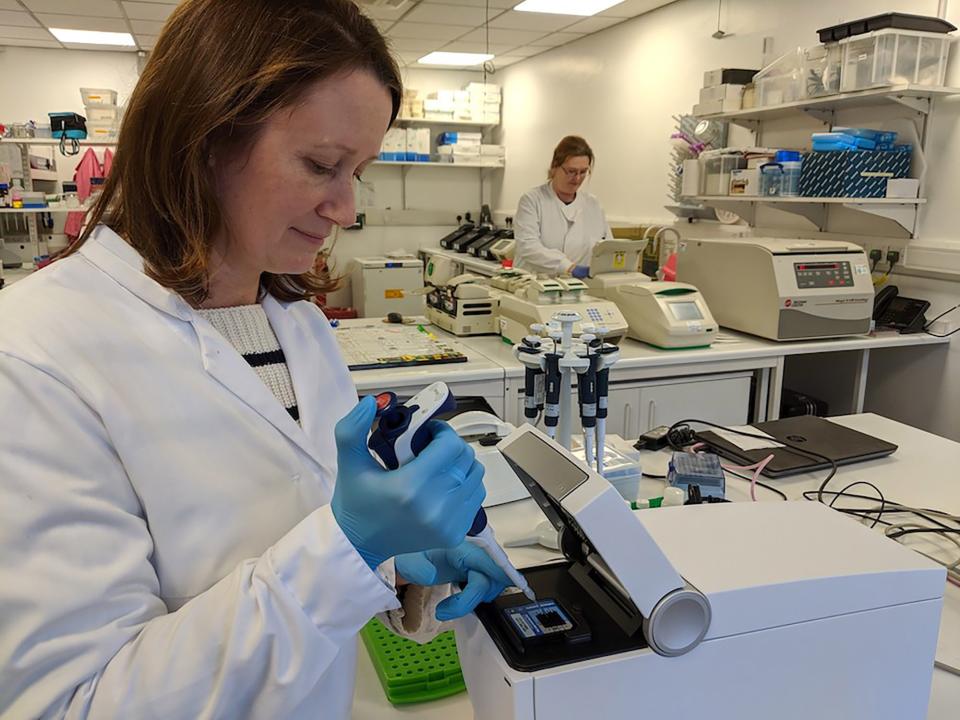
How sequencing DNA can help understand and protect biodiversity
Whole-genome sequencing offers a full picture of how biological systems function and, crucially, how species respond and adapt to environmental change. Creating a map of the complete genetic makeup of each organism reveals the presence of genes and other genome features, as well as the ability to track when diversity within a species becomes dangerously low. Barcoding on the other hand focuses on cataloguing short DNA sequences that enable rapid species identification from samples collected across a wide range of environments. It is critical for conducting conservation and ecosystem monitoring programmes or to signal the presence of potentially dangerous invasive species.
A Swiss lead for the coordinated joint efforts
SIB Group Leader Robert Waterhouse (University of Lausanne) is coordinating the joint activities of the project that combine expertise from the DNA barcoding (iBOL Europe) and genomics (ERGA) communities. As Waterhouse says, “BGE brings together people who do not usually talk to each other, from taxonomists to sequencing specialists, or from field ecologists to genomics researchers and bioinformaticians. By connecting these major genomic approaches, we are recognising the value of working together where we have strong synergies, for example by developing protocols that ensure species sampling can collect material to be used for both barcoding and reference genome generation.” This expresses some of the data stewardship goals of BGE, i.e. aiming to make the most of data for future research. These goals are also aligned with those of the SIB-led SwissBioData ecosystem (SBDe) proposal.
Of the various activities essential to delivering the objectives of this project, Waterhouse is also involved with training and knowledge transfer ensuring that expertise developed in the project is disseminated to members of both research communities. This includes all steps of the data generation workflows, from field sampling to DNA extractions, or from data brokering to bioinformatics analysis. Such analyses include genomics data workflows that make use of SIB Resources such as BUSCO (part of SwissOrthology).
Addressing the challenges facing biodiversity
Funded by the European Commission as well as the governments of Switzerland and the United Kingdom, the activities of BGE will present a significant advancement for biodiversity genomics research in Europe. The consortium will contribute to achieving the aims of the European Green Deal and the EU’s Biodiversity strategy for 2030 to address challenges facing biodiversity such as pollinator decline and deterioration of habitats.


